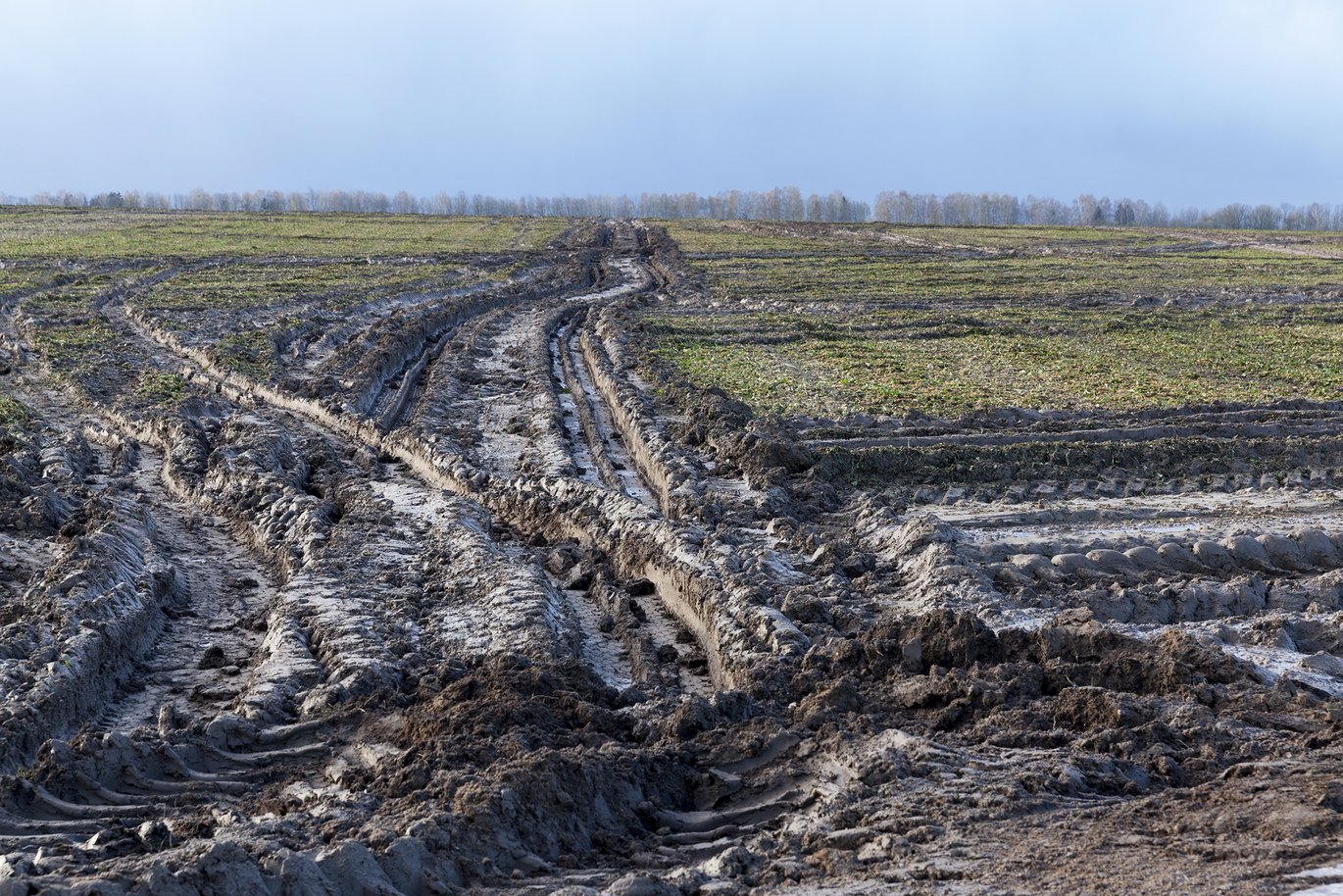New model can predict if the soil is too wet or dry for tillage
Researchers from the Department of Agroecology at Aarhus University, among others, have created a model that will help farmers in the future predict whether their fields are too wet, dry or suitable for tillage.

In order to tillage the soil in the fields and prepare it for new crops, it is important for farmers to know whether the soil is too wet or too dry. There can be many disadvantages to work with a soil that does not have the right moisture. This can have consequences for plant establishment and soil structure, as well as an increased risk of soil erosion.
So far, farmers have had to rely on common sense and experience to assess when the fields can be tillaged. The solution, according to Professor Lars Munkholm of the Department of Agroecology, also worked well when the farms were small, and every farmer was in close contact with his fields all the time.
“The situation is just another today. Here, a farmer has maybe 1,000 acres to tillage. That is, he may have 40 wheat fields spread far apart. It is simply physically impossible to have the same feeling with the condition of the fields today; that would be far too time consuming,” Lars Munkholm says. Along with a team of researchers from Denmark, Switzerland, Sweden, Norway, and England as well as the company Agro Intelligence ApS, he has helped to create a new model that will be able to predict whether the fields can be processed or not.
Air in the ground is important
In the past, retention curves for water or soil consistency samples have been used to measure soil moisture and thereby assessing the values ??within which the soil can no longer be tillaged. But according to the researchers, the air-filled pores in the soil play an even bigger role, which is why they have chosen to use it as a measuring factor in their new model.
“We have chosen to measure the number of air-filled pores in the soil. Air-filled pores are important if you want to break up on the soil, which you to do when prepping the soil, you want it to crumble and break up, and it requires air in the ground,” Lars Munkholm says .
The new model has been named "Soil Strength and Air Capacity" (SSAC), and within it the researchers have set limit values ??for wet and dry soil respectively. For example, there must be a minimum of 10% air-filled pores in the soil, otherwise it is too wet to work with, and you simply risk all kneaded soil, destroy the structure and get stuck. But the model requires knowledge of different soil types, weather and drainage in the field in order to function optimally.
“We have taken soil samples and made measurements on different soil types, but if you as a farmer want to use it, you will need to know the retention curve for the different soil types that can be found in the field. In addition, weather data and knowledge of the drainage conditions must also be included. When all thiw is in place, the model will be able to predict what the water content of a given field is and whether it is safe to till the soil,” says Lars Munkholm.
Will be able to help farmers in the future
Work on the new model is part of the “Future Cropping” project, which will be completed this summer. “Future Cropping” is a partnership between universities, machine makers and consulting companies supported by the Innovation Fund. Over the course of 5 years, the project has made many different initiatives, where the development of a decision support tool for the farmers is just one example. And this is where the model fits into the picture.
The researchers are working on integrating the SSAC model with integration of weather and soil data as well as testing of the system. The model should feed a decision-making tool with data and results that can ultimately assist the farmer in planning his field work.
“This model is a new method that can be the engine of a future tool, and it is important to point out that the method needs to be tested in the real world. One thing is to make model scenarios and work virtually, another is to have it tested in the field. This is the only way we can get the model fully adjusted, "Lars Munkholm says.
The researchers hope that in the future the new model will help farmers to have more time and more useful days in the field and a higher yield in the end.
"We believe that SSAC is a more sound and reliable method of determining an appropriate water content in relation to soil tillage than previous methods," explains Lars Munkholm.
Behind the research
Affiliates |
Funding |
Conflict of interests |
For more information |
Contact |
